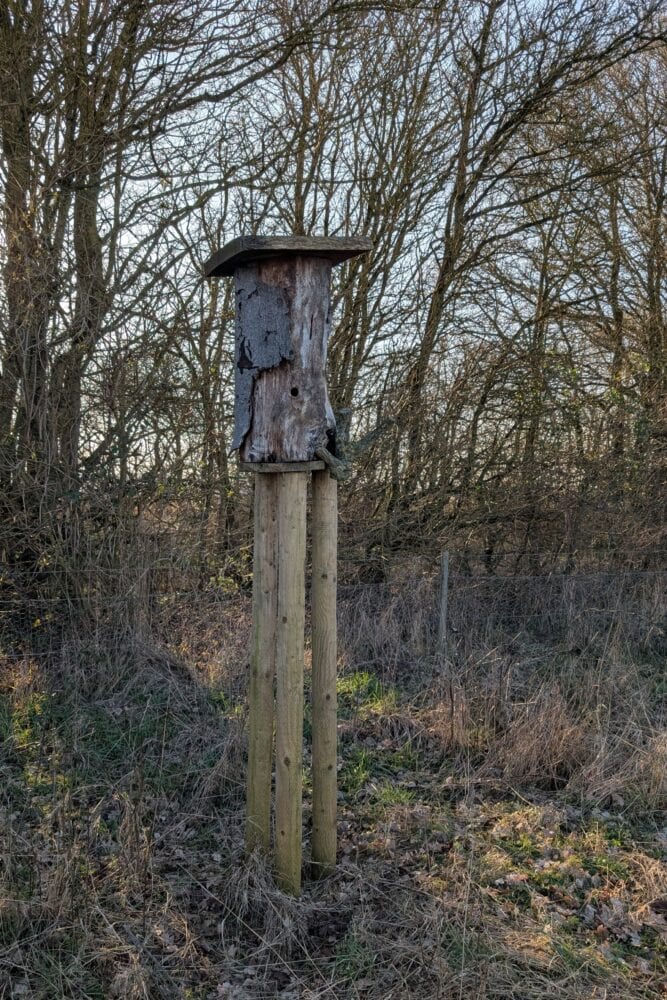Trustees of Sustainable Charlbury recently visited Weaveley Solar Farm, a 6.5-hectare solar installation on the Blenheim Palace estate.
The visit provided an opportunity to understand how solar farms impact local biodiversity – not just in terms of clean energy but also in their effects on soil health, water runoff, pollinators, birds, bats, and native plant species.
This 7-megawatt (MW) solar array generates enough renewable energy to power over 700 homes annually, playing an important role in Blenheim’s goal to reach carbon neutrality by 2027.
Soil restoration, habitat creation

While the primary goal of the solar farm is renewable energy production, the project has been thoughtfully designed to enhance local biodiversity. Key ecological features include:
- Soil restoration and erosion control: The land, an arable field that was incredibly degraded after being intensively farmed for over a century, is now being allowed to recover, improving soil structure, reducing erosion, and increasing water retention. Erosion is a common feature of the land below the arrays, where increased run-off can cause top soil to wash into local waterways.
- Habitat creation: The site includes species-rich grasses, native hedgerows, bird breeding plots, nesting boxes, and underground chambers for amphibians and reptiles, creating diverse wildlife habitats.
- Wildlife corridors: Special ‘mammal holes’ in perimeter fencing ensure that small animals can continue moving through the landscape, supporting ecological connectivity.
Monitoring seen as vital
One of the most valuable aspects of the visit was learning about Blenheim Innovation’s advanced monitoring techniques. Sustainable Charlbury is exploring how similar approaches could be used for local solar projects to ensure that clean energy generation is paired with environmental responsibility. Key monitoring strategies discussed included:
- Sensor-based monitoring: Live cameras, soil moisture and temperature sensors, and bat and bird box occupancy monitors help track ecological changes over time.
- Pollinator tracking: The site is monitoring how wildflower planting and habitat changes affect bee and butterfly populations, providing important insights for wild pollinator conservation.
- Community engagement: Weaveley is pioneering citizen science initiatives, using open-source technology to enable local schools and residents to build and deploy IoT sensors for biodiversity monitoring.
The visit to Weaveley Solar Farm reinforced the idea that solar farms should be more than just energy generators—they can also be catalysts for ecological restoration. Some SusCha trustees were particularly interested to learn how solar installations can be monitored and managed to ensure a net biodiversity gain (known as BNG) over time.
This link takes you to more information about the project: https://innovation.blenheimpalace.com/weaveley/
